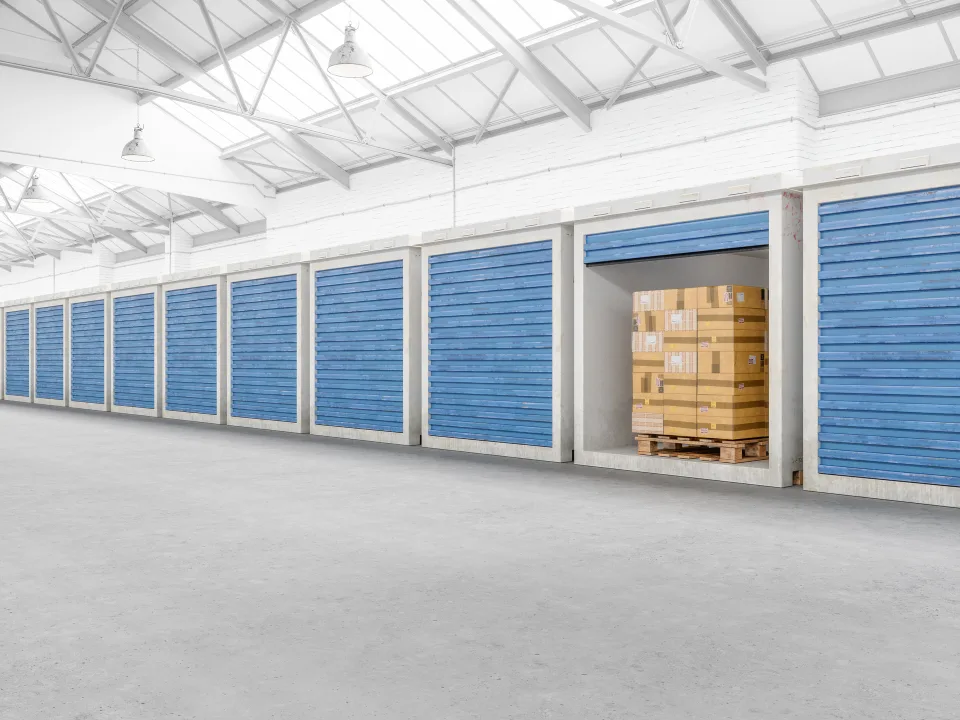- Local opposition is creating hurdles for self-storage developers, with zoning approvals proving more difficult than construction or labor costs.
- Despite recent rent declines, self-storage REITs are showing signs of recovery, with investor interest returning and rents stabilizing.
- Shrinking home sizes and increased mobility are fueling long-term demand for storage, but limited new supply may drive future pricing growth.
Communities Say “Not Here”
At a recent conference in Atlanta, attorney Scott Zucker shared a telling anecdote: a developer lost a land use battle for a self-storage facility to a strip club. While extreme, the example highlights a growing trend—municipalities are tightening zoning restrictions or outright rejecting new storage projects, regardless of demand, reports Bisnow.
According to industry experts like Coro Realty Advisors President Robert Fransen, entitlement issues are the biggest roadblock to growth. “Everybody loves the idea of self-storage like they love affordable housing,” he said. “Just not in their neighborhood.”
Rents Stabilizing After A Slump
Self-storage REITs saw year-over-year net operating income dip 1% in Q1 2025, while advertised rents fell 40 basis points, according to Yardi Matrix. Still, the rent slide appears to be slowing. Half of tracked markets saw rent increases last quarter, signaling a potential rebound.
Newmark reports that self-storage REIT stocks outperformed expectations in Q1, and construction has started to cool. About 55M SF are under development nationwide—roughly 2.8% of existing inventory—but growth is decelerating.
Get Smarter about what matters in CRE
Stay ahead of trends in commercial real estate with CRE Daily – the free newsletter delivering everything you need to start your day in just 5-minutes
Less Building Could Mean Higher Profits
For operators like Boardwalk Development Group CEO Raj Sheth, the slowdown is welcome news. “Communities have made it harder. Costs have made it harder. But because of this, the future looks bright,” Sheth said. With fewer new projects, existing facilities face less competition, allowing owners to raise prices over time.
Sheth added that 2023’s $12.7B acquisition of Life Storage by Extra Space Storage triggered a pricing war. Operators have since used low teaser rates to attract customers—then gradually increased rents, banking on consumer “stickiness.”
A Growing Market With Long-Term Momentum
By 2024, 11% of US households were using self-storage, up from 9% in 2017. Smaller homes and an expected uptick in relocations due to falling interest rates could push that figure higher. Median new home sizes dropped from 2,400 SF in 2015 to about 2,100 in 2024, according to Bankrate.
Once customers move in, they tend to stay. “You close that door, you lock it, you don’t come back for two years,” said Sheth. “It’s your stuff, and it’s important to you. So you stay—and you pay.”
What’s Next
Expect development of self-storage units to slow further as entitlement challenges persist. But for existing operators, constrained supply and steady demand could drive a return to rental growth and higher investor interest in the coming years.



















